Contracts Finder - Service Assessment
...range of use-cases. The team should start to forecast their traffic levels with a view to making sure they have the budget available for a paid for digital analytics solution...
...range of use-cases. The team should start to forecast their traffic levels with a view to making sure they have the budget available for a paid for digital analytics solution...

GDS x Imperial University Collaboration 2022 Collaboration and innovation are some of the key tenets of the Digital, Data and Technology (DDaT) profession. The Cabinet Office offers many avenues for...

...forming what’s known as the “curated” layer. This refined layer is optimised for analysis and is what end users interact with to generate insights and drive decisions. What starts as...
Yesterday we released a new set of data for the Transactions Explorer, covering October 2012 – September 2013. The Transactions Explorer is our tool for tracking the performance of the...
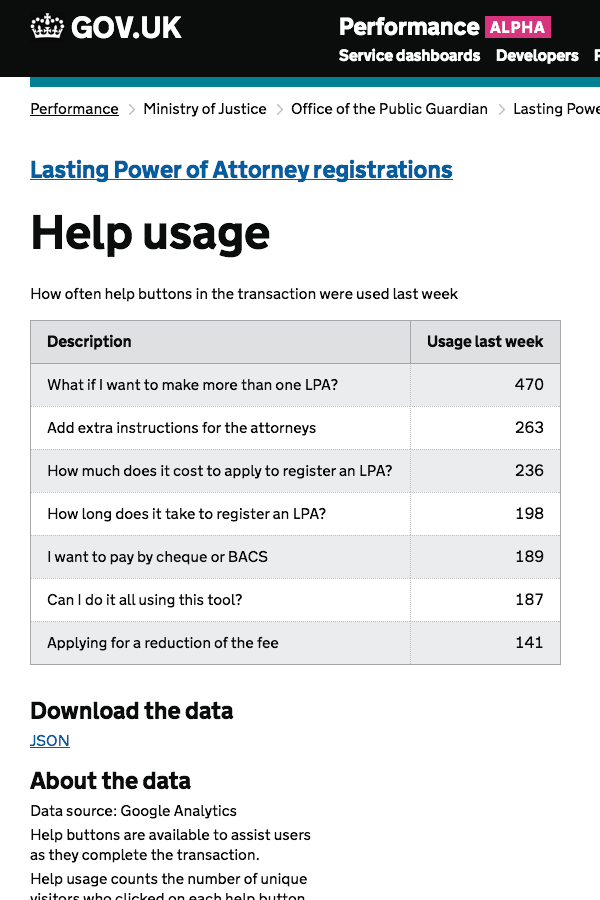
Mike recently blogged about the service transformation for the Carer's Allowance exemplar and mentioned failure demand. I wanted to go into this in a little more depth and show how...
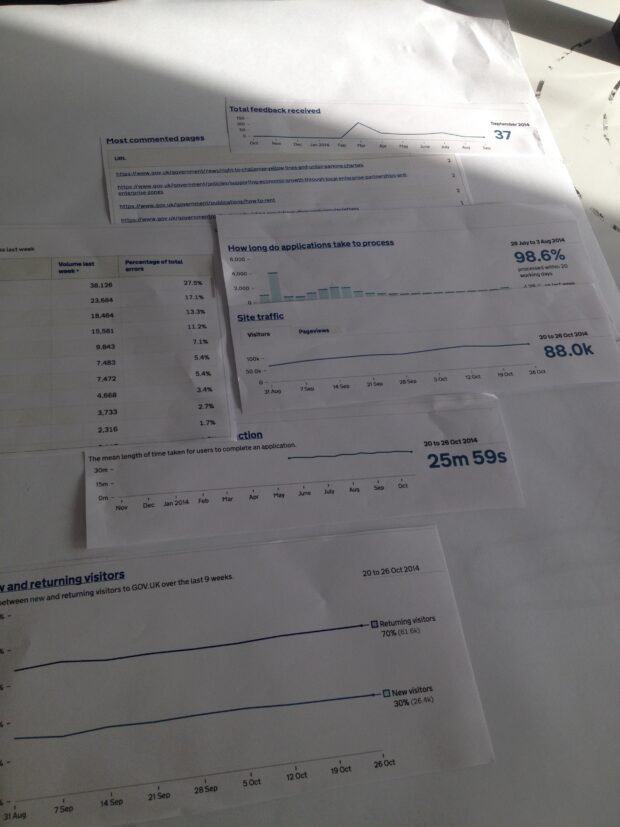
...at working for GDS. We’re usually searching for talented people to come and join the team. Sign up now for email updates from this blog or subscribe to the feed....
...varied users, for example: from the ‘front line’ (for example, staff at the border, in prisons, and in call centres) with access needs (at least 8% of civil servants have...
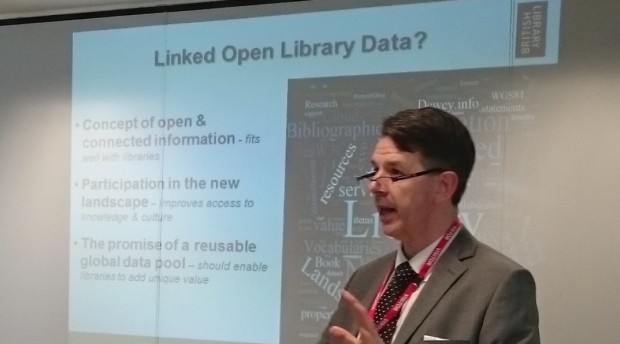
There was a real buzz for our 8th Data Science Show and Tell. It was more crowded than ever - many people came for the first time. There were lots...
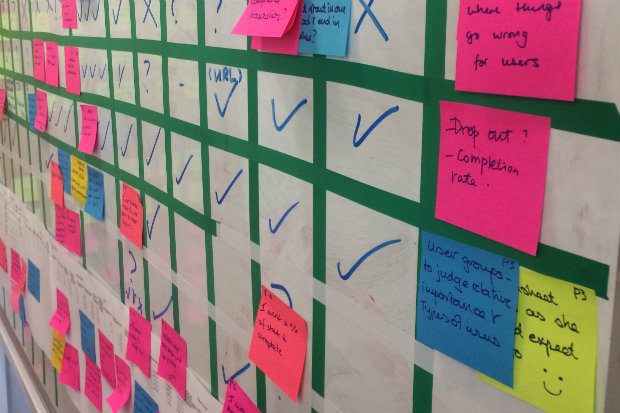
...also wasted trying to get data in order to prioritise her work, which proves almost impossible. The lack of performance data for non-digital channels makes it hard for her to...
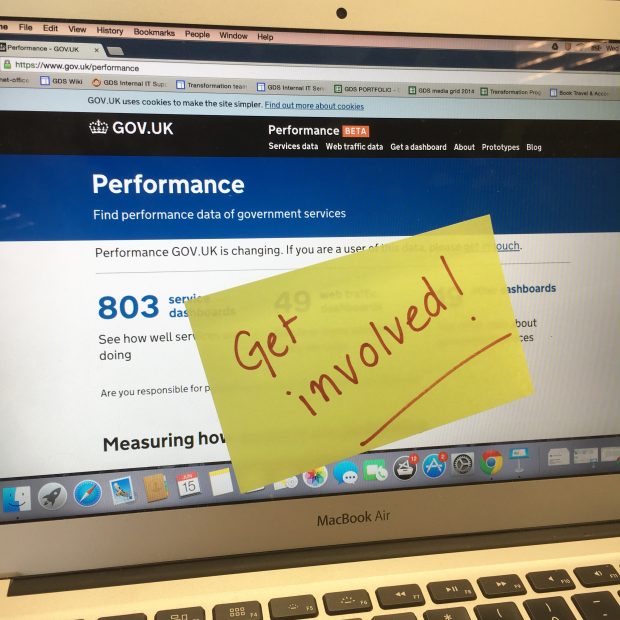
...rhythm of data publishing? Is realtime actually necessary for our user’s needs? How do we make it as easy as possible for people to supply data? What are the governance...